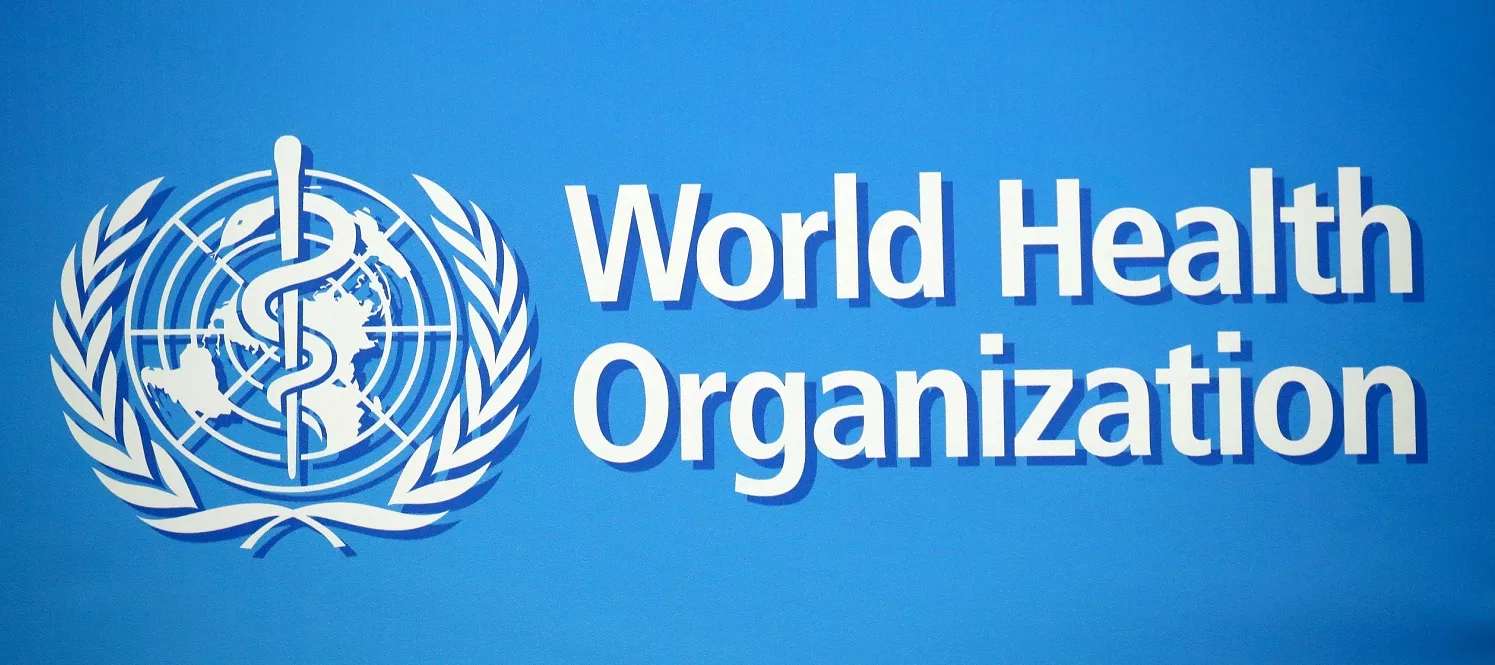Why hospital falls prevention remains a global healthcare priority
Why hospital falls prevention remains a global healthcare priority
FreeIf you wish to reuse any or all of this article please use the link below which will take you to the Copyright Clearance Center’s RightsLink service. You will be able to get a quick price and instant permission to reuse the content in many different ways.
The article by Cho et al1 in the current issue of BMJ Quality and Safety addresses the persistent and debilitating problem of hospital falls, which remain a challenge worldwide. Despite decades of research on hospital falls,2 considerable effort by health professionals,3 and publication of clinical guidelines on falls prevention,4 5 falls and associated injuries continue to be a major threat to patient safety and quality. The reasons why hospital falls continue to be associated with injuries and increased hospital length of stay are incompletely understood and vary across patients and settings. What is known is that patient falls education early after hospital admission helps to prevent falls.6–8 Staff education on how to prevent hospital falls also helps to reduce the risk.9 Exercise, safe footwear, environmental modifications, use of assistive devices such as walking frames, medication reviews, post-falls huddles, regular rounding and evidence-based management of dementia and delirium are also key to reducing falls rates.2
The study by Cho et al1 explored system-wide issues related to hospital falls rates and accompanying falls-related injuries. A mixed-methods approach was used, based on the Donabedian quality outcomes model, and both qualitative and quantitative data were collected. This enabled a comprehensive analysis of local practice protocols, patient admission and nursing data from electronic records, as well as falls incident reports. The qualitative analyses highlighted some of the barriers to implementing evidence-based falls detection and reporting and showed considerable variations in local practices. These included variations in definitions used to determine whether an incident was a fall or a ‘near miss’, inconsistent use of evidence-based falls risk screening tools and failure of hospitals to have explicit criteria for documenting, collecting, aggregating and reporting back to staff their falls incident data. Some of the hospitals appeared not to use validated falls screening tools, and this can be a key reason why staff do not assign falls risk levels correctly and match falls mitigation strategies to the real level of risk.10
Under-reporting of hospital falls is another factor raised by Cho et al1 that can limit an organisation’s ability to reduce falls. The study made a unique contribution to the field by identifying system-wide practice variations in fall-related incident detection, reporting and mitigation. Of note, it showed that health professionals do not always report every fall due to weaknesses in the design and implementation of fall protocols at the local level. There can sometimes be perceived adverse consequences of staff reporting falls, particularly when hospitals are striving to bring falls rates down. Of note, this study found variations across wards and hospitals in how staff detected, recorded and responded to falls, as well as variations in incident self-reporting systems. If hospital management does not have accurate data on the actual number of falls and injuries, the locations of falls and the contributing factors to each fall, then it can be challenging to implement system-wide practices to reduce unwanted variations in service delivery. Also, if staff are not incentivised to accurately report and document falls and injuries, then it can be difficult for organisations to consistently reduce falls risks and falls rates.
Despite the important insights arising from this study, there are some key caveats and limitations. It used a retrospective design in a single country, and the results may not generalise to other geographical regions, hospital systems or contexts. Much of the data was qualitative, which added a rich set of perspectives, yet there remains a need for future large-scale randomised controlled clinical trials to test whether enhanced falls reporting systems improve patient outcomes. There is also a need for a review of policy settings at local, national and global levels to ensure that robust systems are put in place in a consistent way so that individual staff do not feel a burden to address this problem by themselves or at the local level without support. There was also limited patient, staff and public involvement in the design and implementation of this work. Effective change management is enhanced by ensuring that consumer and staff voices are heard and included in clinical research and implementation of new hospital policies and procedures.11 Inclusion of a greater diversity of stakeholders is a priority for future research on this topic.
Another limitation of the study by Cho et al1 was that artificial intelligence (AI), telehealth and mixed-reality solutions to some of the barriers were not discussed in depth, even though they may offer powerful ways to address some of the difficulties analysing, predicting, reporting and treating the causes of hospital falls.12 For example, AI could be used with electronic medical records to quickly and accurately identify who is most at risk of falling.12 Telehealth can be used in falls prevention education for patients and their families before and after the hospital admission. Mixed-reality interventions use sensor technologies such as headsets to enable patients to practice falls prevention strategies more often without always requiring the physical presence of a health professional.13 There is a need to continue to develop and test new, innovative methods to help reduce the relentless problem of hospital falls.
The clear take-home message is that hospital falls continue to be a source of distress, morbidity and mortality for patients across the world, yet reporting of falls is inconsistent. Greater efforts are needed to implement falls prevention and reporting systems into routine care, based on evidence-based clinical guidelines which are readily available.4 5
Not applicable.
Not applicable.











